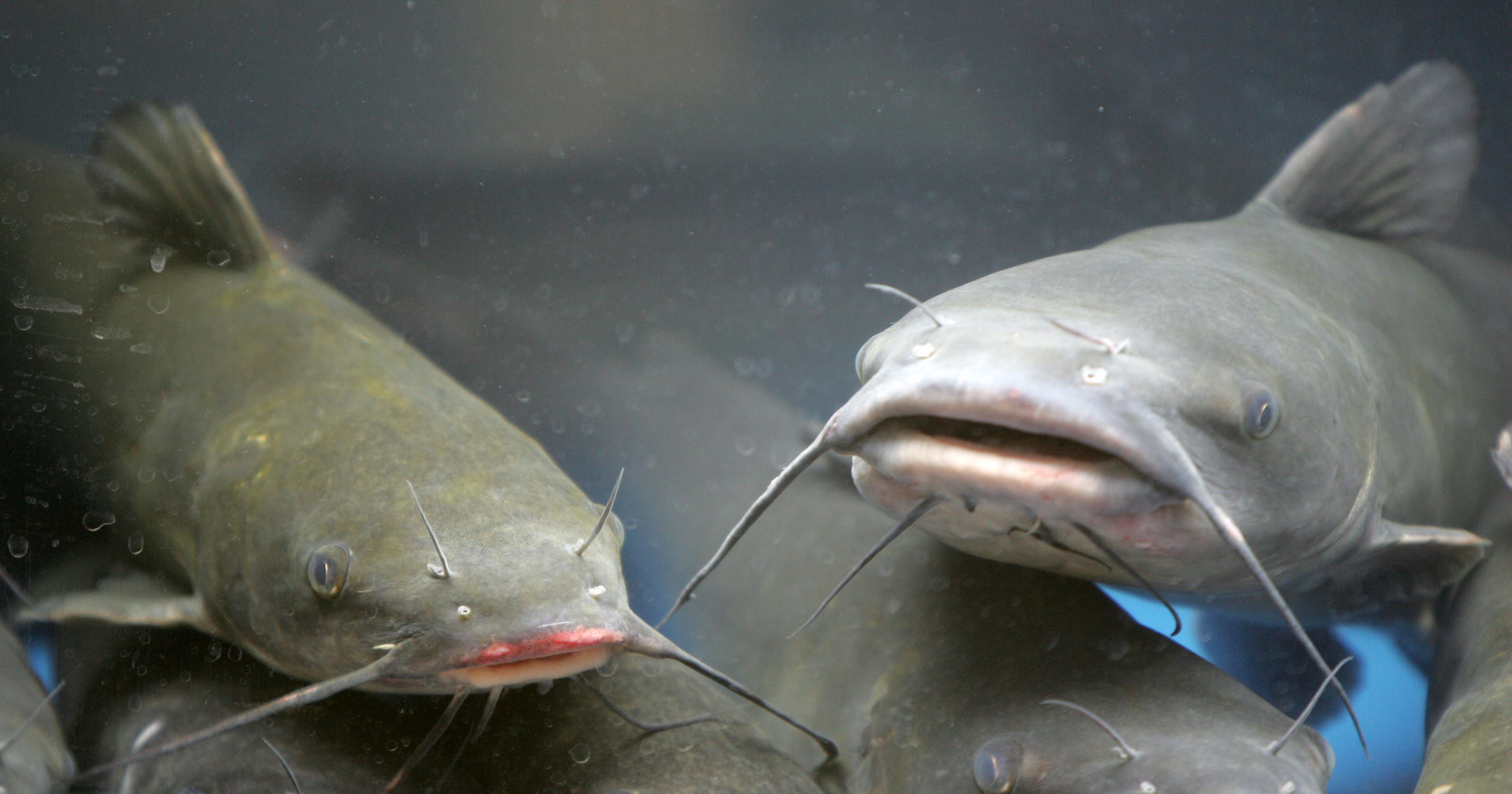Seafood scares some home chefs — and that’s probably because it’s easy to go from perfect to overcooked very quickly. But there’s no need to be scared of seafood in your kitchen! A little education goes a long way. Ahead, we’re diving into a few simple tricks that will guarantee your fish is cooked, but not overdone.
A common mistake people make when checking to see if their fish is done cooking is to cut a deep slice into the middle of the fish using a knife and then twisting with a fork. While this does allow you to test the flakiness and color of the fish, it can also give the dish a hacked-into, unprofessional look — especially if you check it more than once! We’ve all been there, but there are better ways.
Color matters when it comes to fish. Once cooked through, the color will transform from relatively translucent and shiny to opaque and solid. Of course, the actual color will vary based on your choice of fish. For example, salmon goes from deep red to light pink; halibut and cod will go from glossy to solidly white. In addition to color, look closely at the flakiness. If a fish resists flaking when you gently brush a fork along the side, it needs more time cooking.
In order to properly gauge how long you should cook your fish to begin with, try the 10-minute rule. The general go-by is that you should measure the fish’s height at its thickest point (while the cut is laying flat), and then cook it for 10 minutes per inch in length of fish, turning it halfway through the cooking time. If the fish is less than one inch thick, it will need less time — just do a bit of mental math to find your starting point (half-inch pieces should start at four or five minutes, and so on). The trick here is to always test your fish at the minimum cook time mark, so as to avoid overcooking and finding out too late! You can always add cook time, but you can’t take it away.
The Food and Drug Administration says that the safest temperature at which to consume salmon is 145 degrees F. Some people prefer their salmon steaks more on the medium side of done, which is about 125 degrees. For halibut, an internal temperature between 120-140 degrees is suitable for a medium to well-done outcome, and cod is best served at 140 degrees. Grab your food-grade thermometer and insert at the thickest part of the fish to get the most accurate reading.
If you don’t have a thermometer and don’t mind digging in a bit and risking presentation, the butter knife method will work for you. Insert a butter knife at a 45-degree angle into the thickest part of the fish and hold it there for three full seconds. Then, remove the knife and quickly place the knife tip to your bottom lip. If the knife feels warm, the fish should be done. If it’s still cool, you need to cook a bit longer. Just remember to be gentle with your knife so that the fish doesn’t flake apart!
You’ll need just one fork to test your fish for doneness.Insert the tines of a fork into the thickest portion of the fish at a 45-degree angle.Gently twist the fork and pull up some of the fish. If it flakes easily, without resistance, the fish is done and ready to eat.
-
Insert the tines of a fork into the thickest portion of the fish at a 45-degree angle.
-
Gently twist the fork and pull up some of the fish. If it flakes easily, without resistance, the fish is done and ready to eat.

Press the catfish portions gently with your finger. Uncooked catfish has a soft and yielding texture, which gradually becomes firmer as the muscle proteins cook and set. With practice, youll come to recognize the catfishs doneness by how it feels.
Gently flake a portion of the catfishs flesh with the tine of a fork or the tip of a small paring knife. Choose a spot where the portion is thickest, and look at the very middle. It should just be on the verge of changing from translucent to white. The portion will retain enough heat to finish cooking the fish, leaving it still tender and juicy.
Watch as the catfish portions change color. Uncooked catfish has a pearly translucence that changes to white as the fish cooks. By watching as the color change occurs, youll gain a sense of how quickly the fish is cooking and when its nearly done. This method doesnt apply to breaded catfish, since the breading conceals the color change.
Wild-caught catfish take on the character of the water theyre raised in, so before you eat them its prudent to learn if there are any concerns about safety. Some bodies of water contain levels of heavy metals, petrochemicals and other pollutants that can accumulate in the catfishs flesh, posing a health hazard. On a more prosaic note, the fish might simply be unpalatable if the water it lived in was muddy or foul.
Test the catfish with an instant-read thermometer to be absolutely certain. Slide the shaft of the thermometer horizontally into the thickest part of the fish, and wait until the temperature reading stabilizes. Your catfish is fully cooked when it reaches 145 degrees Fahrenheit.
Sourced Straight from Sea to Table
Sourced through trusted experts and chosen for taste, texture and quality.
Flash frozen to lock in the fresh-off-the-dock taste.
Packaged with dry ice and shipped overnight directly to your door.
Simply thaw, prep, heat, and eat.
How to Know When Fish Is Done
FAQ
What does catfish look like when it’s done?
How do I make sure my catfish is cooked?
